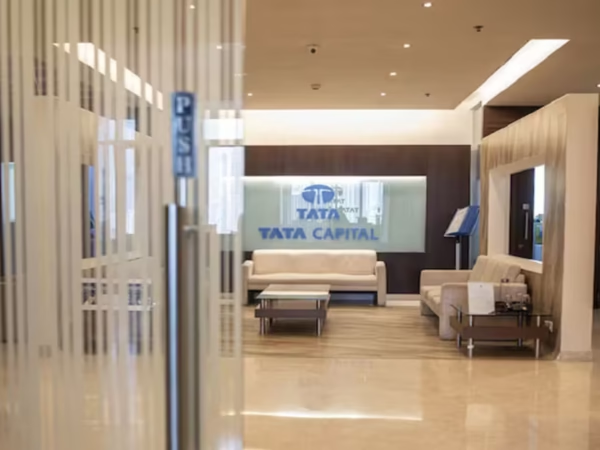Short answer: a business loan is money a bank, NBFC, fintech or other lender gives to a business to fund things like working capital, buying equipment, expanding, or bridging cash-flow. You borrow an amount now and pay it back over time with interest and any fees.
Below I’ll explain the main types, the typical lifecycle step-by-step, eligibility & documents, costs you should watch, and practical tips.
how a business loan typically works
Identify the need
Decide what the loan is for (inventory, payroll, expansion, equipment). Size the amount and preferred tenure.
Choose the right product & lender
Compare banks, NBFCs, fintechs, and govt schemes for interest, tenure, fees, and speed.
Check eligibility
Lenders look at business age, turnover, profitability, credit score (business & owner), sector, and documents.
Prepare documents
Common docs: identity & address proof of owners, business registration, GST/Tax records, bank statements (usually 6–12 months), profit & loss / balance sheet, invoices, and KYC forms. Collateral docs if pledging assets.
Apply
Submit application online or at branch with documents and requested statements.
Lender does underwriting
They verify documents, check credit history, run cash-flow analysis, sometimes do site visits. They may ask questions or require additional docs.
Sanction & terms
If approved, lender issues a sanction letter detailing sanctioned amount, interest rate (fixed or floating), tenure, EMIs or repayment schedule, fees (processing, prepayment), and security/collateral terms.
Sign agreement & disbursement
Sign loan agreement and provide any required collateral/guarantees. Lender disburses funds (one-time or in tranches).
Repayment
You repay as agreed: monthly EMI, bullet repayment, or via a rolling facility (for lines of credit). Keep paying on time to avoid penalties and hit a good credit score.
Closure
After full repayment, lender releases any collateral and issues a NOC/closure certificate.
Common types of business loans
Term loan — fixed amount repaid over a set tenure (months/years).
Working capital / cash-credit / overdraft — flexible short-term borrowing against a limit.
Line of credit — like a reusable overdraft; borrow up to a limit, repay, borrow again.
Invoice financing / factoring — sell or borrow against unpaid invoices.
Equipment / machinery loan — for buying assets; asset may be security.
Business credit card — short-term small purchases, revolving credit.
Merchant cash advance — repaid from daily card receipts (higher cost).
Government-backed schemes — subsidised loan programs (varies by country).

When a business loan is a good idea — and when to pause
Good idea: to fund revenue-generating activities (stock to meet demand, equipment that increases capacity, or short cash-flow gaps).
Pause if: the loan will finance non-essential spending, you can’t reasonably forecast repayment, or interest/fees make the project unprofitable.
Read our latest blog
Eldeco Infrastructure files draft papers with Sebi for ₹1,000-cr
 Posted By Equity Unlisted
Posted By Equity Unlisted  10/04/2025
10/04/2025







